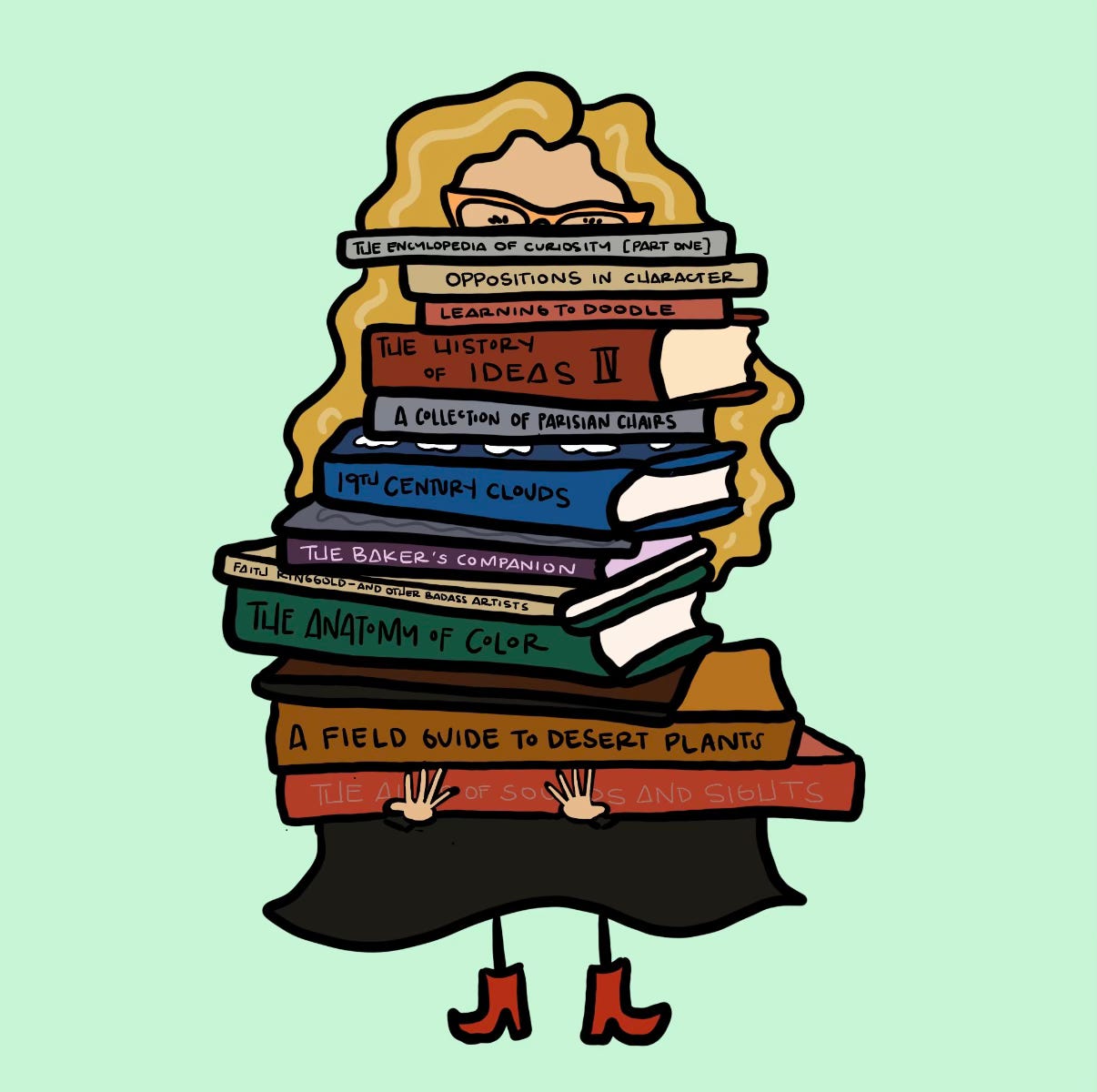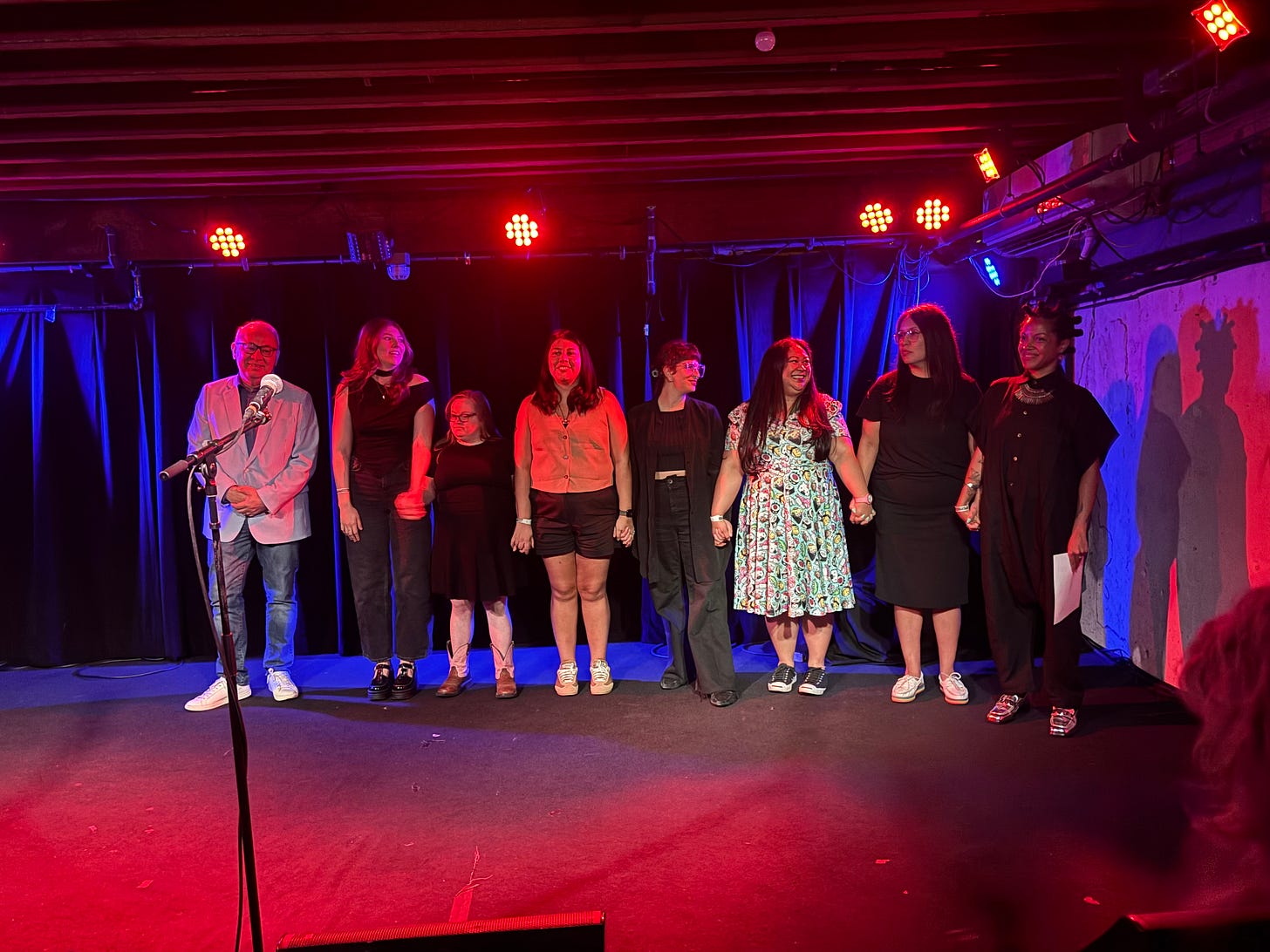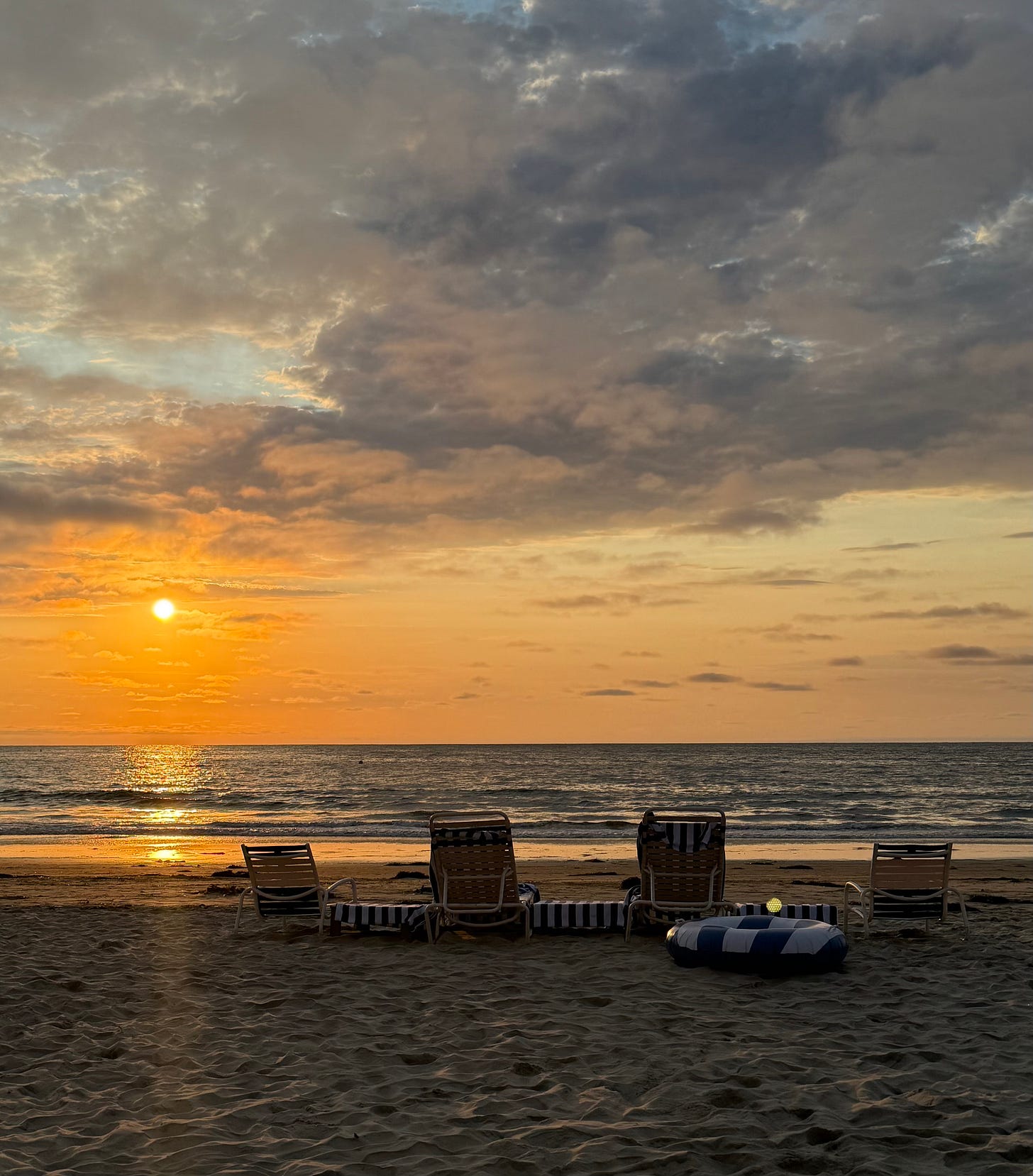Once upon a time, I worked at a newspaper.
All day long, my colleagues and I wrote obnoxiously long stories on crappy word processors. No one really cared if the stories were too long, because the paper sold so many ads we often fell short on content.
It was glorious. When you were done with your story, you hit a button and it magically appeared on your editor’s word processor — but that was it as far as technology. If I needed to do research, I actually went to the library. And then once a week, the stories would come together, and the latest issue of the paper would appear in giant piles. There never seemed to be fewer than 200 pages in a single edition.
And then it was over…but not right away. In fact, technically speaking, not yet — though that particular paper’s a lot closer to 20 pages than 200 these days. (To be fair, it’s not alone.) But really, it was over that day in the Nineties when I walked through a common area on my way to the coffee pot and did a double-take. A desk that once held piles of old newspapers was now outfitted with a shiny new terminal that didn’t look anything like my word processor.
A younger colleague offered to show me how to “surf the net” or whatever the kids said back then.
“I’m good,” I said, walked back to my office and closed the door.
Not long after, stories started appearing — first in magazines on newsstands, then on the World Wide Web — about the death of print. A bit of an overstatement, but when’s the last time you saw a legit newsstand?
That’s what I thought.
All of this might account for my obsession with paper, and could explain why my home office is stacked with old magazines, maps, sets of encyclopedias, and rolls of streamers (more on that later). I can’t actually open the door. But the truth is that the paper thing goes back to childhood, when I forced my little sister to play school or office so I could convince my mother to take me to the copy shop, where I’d carefully choose piles of colored printer paper. My mouth still waters at the memory.
I get the irony of starting an online newsletter about paper. I am that irony – do you have any idea how much time I spend looking at vintage office supplies on Instagram?
This newsletter isn’t really going to be about paper, of course. Not if I do it right. It’s about memory, nostalgia, credibility, creating, storytelling, writing, research, and individuality. It’s about the changing nature of journalism, how we share information, and how we — and others around us, including people with intellectual disabilities like my daughter Sophie, who has Down syndrome — access the news.
If I do it right, this will be part treasure hunt and part gossip session along with a few resources – the kind of stuff I’m always looking for, like where to submit your work, take a writing class, hear true stories read aloud.
Speaking of which, have you heard of Bar Flies? It’s a storytelling event we started at Valley Bar in downtown Phoenix a decade (eek!) ago. The thing that sets us apart? Stories are scripted, never memorized. (See? Paper.) Pre-pandemic we were monthly – now Bar Flies is a little more occasional, typically several times a year. The next show is August 27 and the theme is PRETEND. You can buy tickets here. Want to tell your own story? Come to a show – that’s the only pre-req. And stay tuned for news about an upcoming collab between Bar Flies and the Desert Botanical Garden.
For now, I’ll leave you with my latest column for PHOENIX magazine – about the tradition of the summer Phoenix to San Diego exodus. My day job’s at KJZZ, the NPR member station here in the Valley (and I love it, dream come true!), but I’m lucky enough to still have a print gig – in a truly gorgeous, still-thick magazine.
I’m glad someone still shares my affinity for paper. I hope you do, too, and if not, drop those piles on my doorstep. See you on the beach.
Annabelle Stern made the header artwork and Claire Lawton designed the header. Devin Kate Pope edited this newsletter.





Great intro. I’m intrigued.
Thanks, Amy! Your piece makes me think of my first magazine subscriptions to National Geographic (from my grandfather) and Arizona Highways (from my Dad). We always had the local newspaper as well. In the days before I wanted to be a teacher, I dreamt of traveling the world as a photojournalist. Funny that teaching led me to chaperoning student trips to Italy and South Africa. Now, I am getting nostalgic. Looking forward to more of your writing…